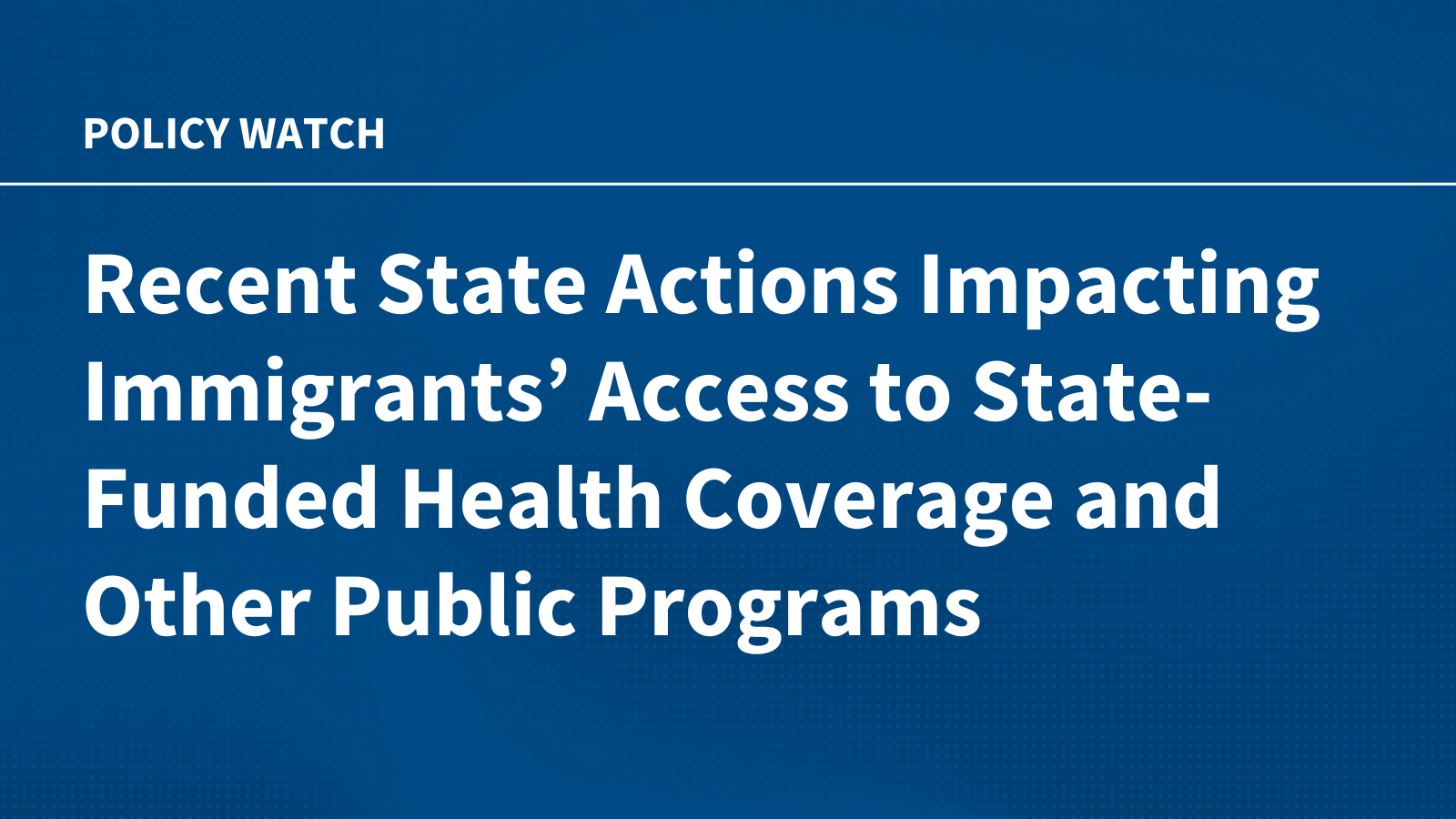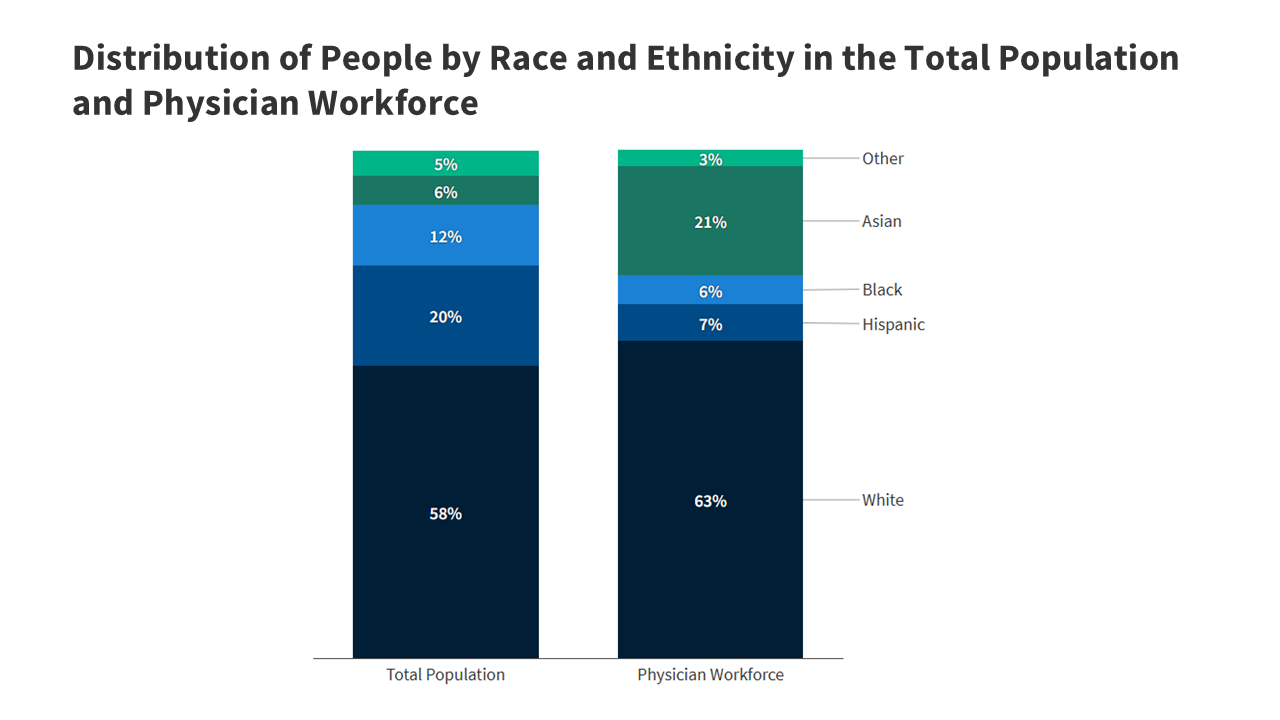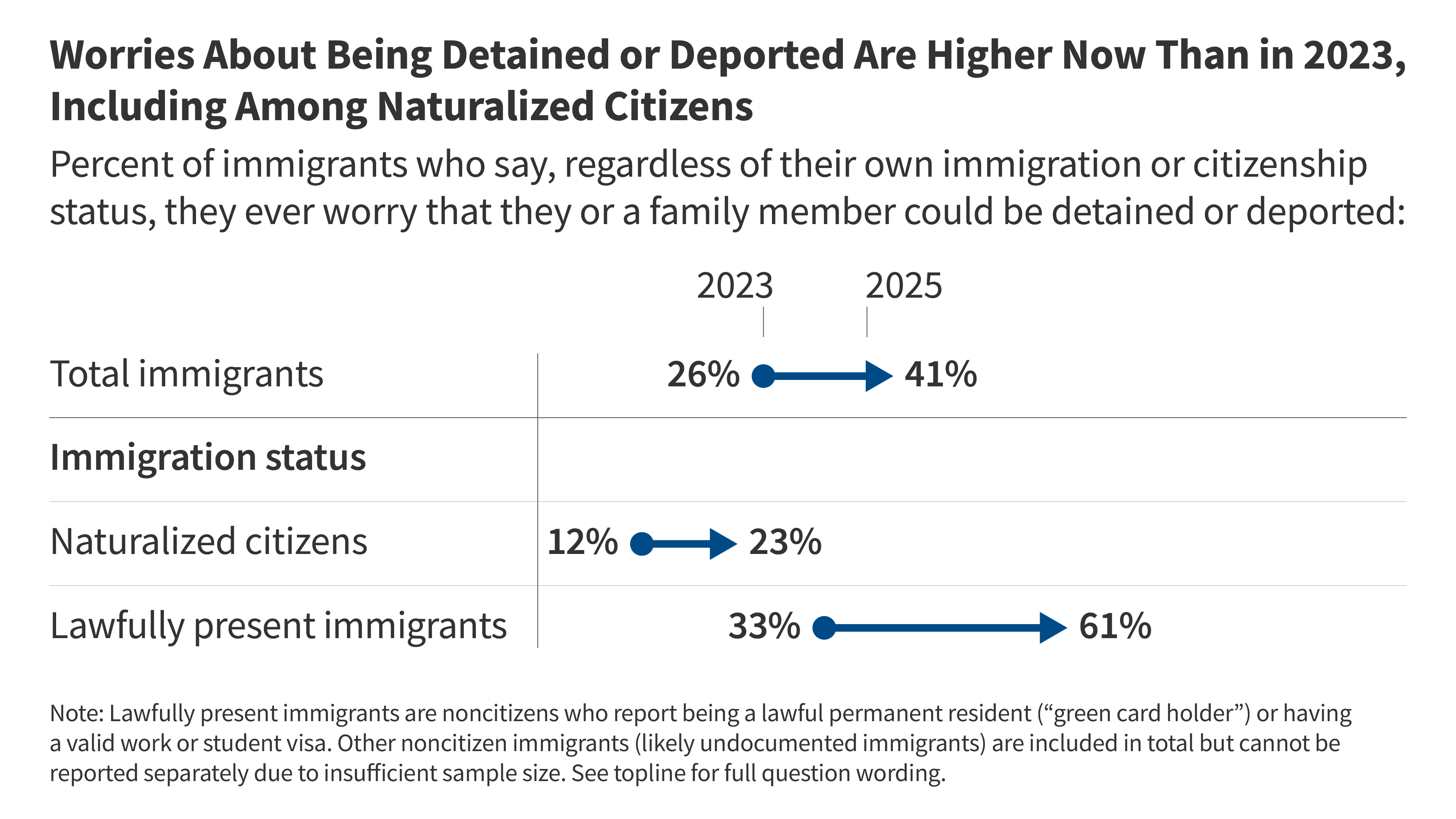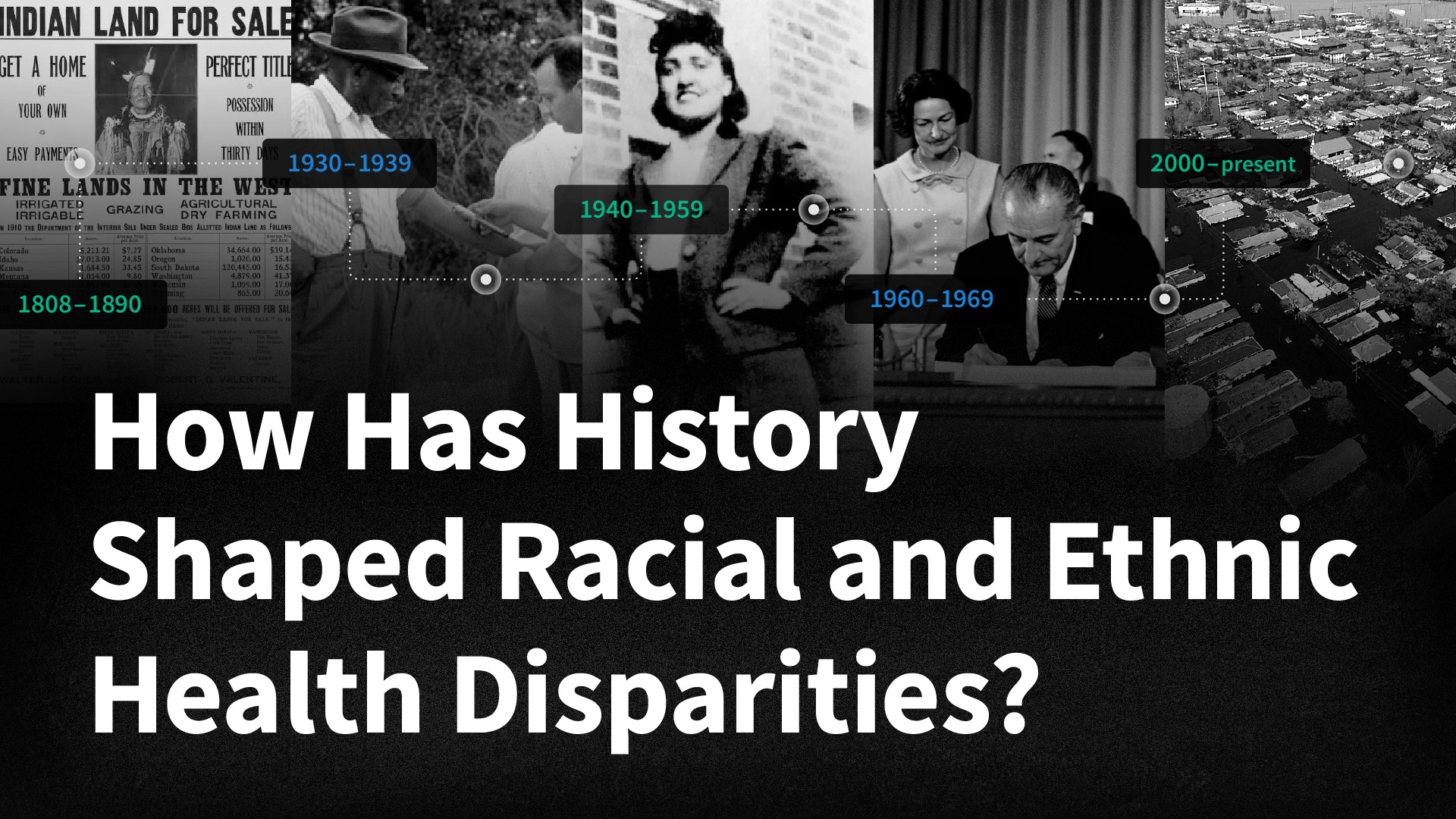Are Health Centers Facilitating Equitable Access to COVID-19 Vaccinations? A June 2021 Update.
This analysis updates earlier work and examines the extent to which vaccination efforts through community health centers are reaching people of color using data from the federal government’s weekly Health Center COVID-19 Survey. We include data from the survey weeks of January 8 through May 21, 2021, finding that people of color made up the majority of people who received vaccinations at community health centers.






